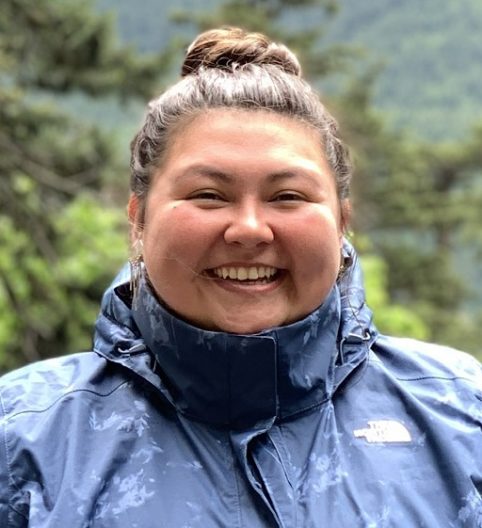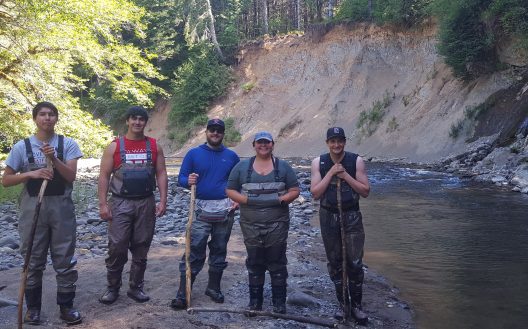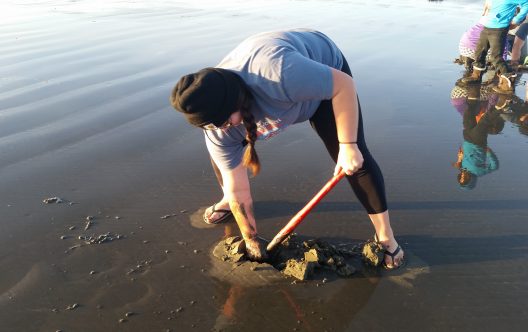Q&A with Tanya Eison
How did SMEA first come across your radar? What were your impressions of the program?
SMEA first came across my radar while I was on campus to attend a symposium for the Doris Duke Conservation Scholars Program in the fisheries building. My boss at the time invited someone from the university to come talk to the interns from Quinault about opportunities at UW, which also included graduate school. I left that symposium with two websites that the rep told me to check out. Those websites were for SAFS and SMEA. I spent the following work day looking at the two websites and it all boiled down to the curriculum. I loved the interdisciplinary component of SMEA’s! I was drawn to the fact that I could learn about both marine law and science as well as policy!
Why did you decide to come to UW’s SMEA for graduate school?
I decided to come to SMEA for a multitude of reasons. First, easy and simple, I basically loved the program. Second, I thought that the program curriculum/requirements would help me in my future career endeavors. I eventually want to be the Director of Quinault Division of Natural Resources and I felt like the program’s coursework could provide me with the skills and knowledge to help me do so. I felt like SMEA could help me grow professionally. Additionally, I wanted to come to SMEA because it’s housed within the University of Washington’s College of the Environment which has a great reputation and the fact that SMEA is in Seattle was also a bonus too! I have to say that the encouragement from a sweet Midwest boy helped motivate my decision as well! Lastly, I decided to come to SMEA because of the people that are affiliated with the program. The staff, faculty, students, professors, and alumni that I met were wonderful and have continued to maintain that description even after I joined the program!

Tell us about your Capstone Project…
I’m currently doing a capstone project with Olivia Zimmerman and our project is about enhancing environmental justice directly related to Indigenous peoples within a Washington State climate change adaptation program. We are working with our capstone advisor, Professor Phillip Levin in collaboration with our client, The Nature Conservancy. Our project seeks to understand what successful impacts of floodplain management and restoration looks like, and the degree to which Washington State flood management programs achieve, or have shortcomings in achieving, this goal. Specifically, we are looking at the Floodplains By Design program. For the purpose of this research, we are focusing on perspectives directly from staff that work for Tribal environmental departments.

What has been your favorite class at UW so far? Why?
I loved, loved, loved the U.S. Fisheries and Management Policy class! I worked within a tribal natural resource department for four years and this class helped me fill in the cracks of the overall basics that I knew and much, much more. Anne and Dave were were wonderful. I want to add that I highly recommended popping in to any guest lectures that Dave may give in the future too! He’s just so knowledgeable about the topic and you’ll definitely learn something new from him every time.
What do you like most about SMEA?
I love the “ah ha!” moments where the thing that you are learning in that moment connects to something that you’ve already learned in another class. The classes compliment each other well and the things you learn build up on top each other as the quarters progress. It’s awesome to actively recognize that you are constantly learning.

What is your favorite form of marine life and why?
I think that goose barnacles are super cool. They look a bit odd to folks and they always freak out those who aren’t familiar with them. I’ve also had my fair share of chuckles at a bunch of Facebook posts when people post them to ask “what are these alien looking things?”. They’re also delicious too if you ever have the chance to try them!